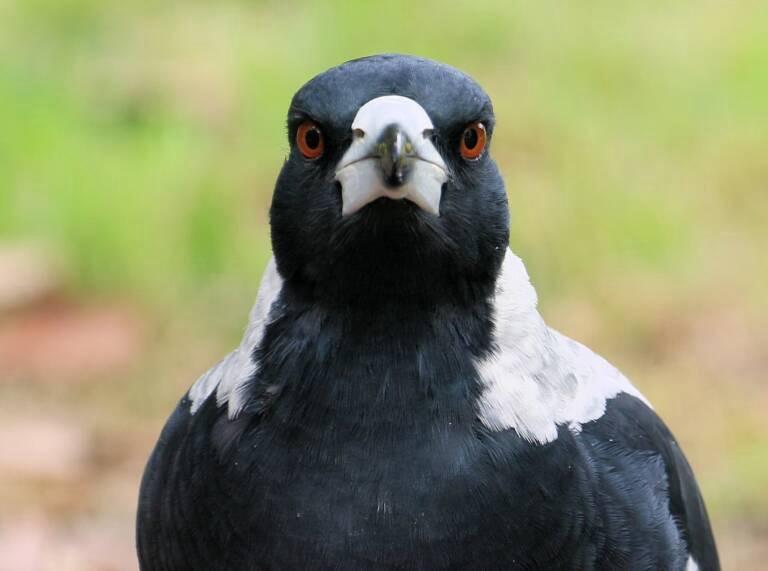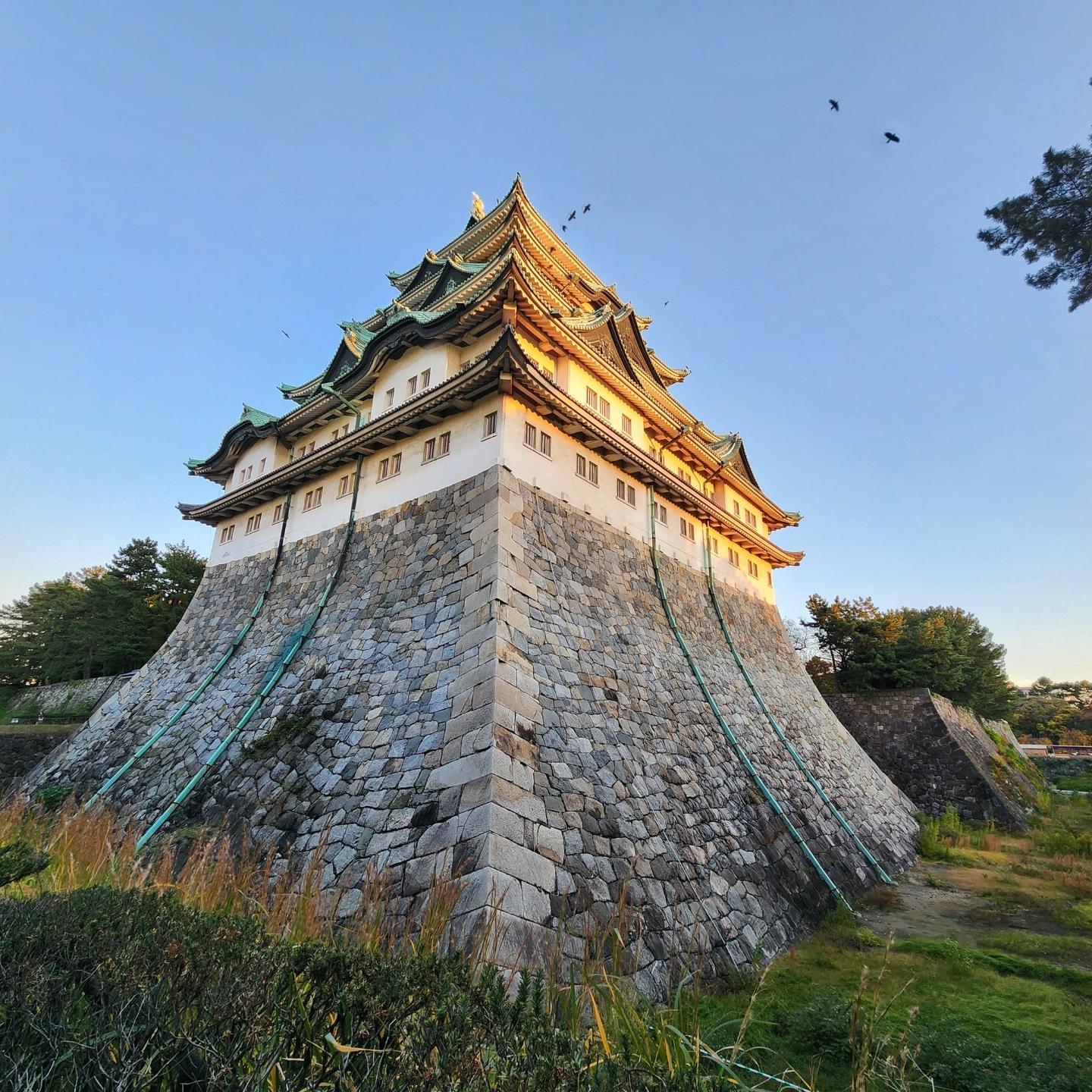looking forward to tooting with you in the future ☺️ good night from #australia 🎆
looking forward to tooting with you in the future ☺️ good night from #australia 🎆
Australian Magpies.
They are such badasses.
They will sometimes wear seagull faces on their beaks.
New Year's Eve revelers will toast the end of 2025 on Wednesday, waving goodbye to 12 months packed with Trump tariffs, a Gaza truce and vain hopes for peace in Ukraine. https://www.japantimes.co.jp/news/2025/12/31/world/2025-trump-truces-turmoil/?utm_medium=Social&utm_source=mastodon #worldnews #donaldtrump #trade #tariffs #2026winterolympics #russiaukrainewar #space #israelhamaswar #australia #massshootings
A father and son accused of a mass shooting at Australia’s Bondi Beach “acted alone” and were not part of a wider terrorist cell, police have said. https://www.japantimes.co.jp/news/2025/12/30/asia-pacific/crime-legal/bondi-beach-shooting-act-alone/?utm_medium=Social&utm_source=mastodon #asiapacific #crimelegal #australia #terrorism #massshootings #guns
Possibly the most beautiful building in Australia, the State Library of Victoria. Part 3 of 4.
Along with books, the Library is home to art exhibitions, as well as an impressive collection of paintings.
#buildings #building #architecture #Australia #Victoria #art


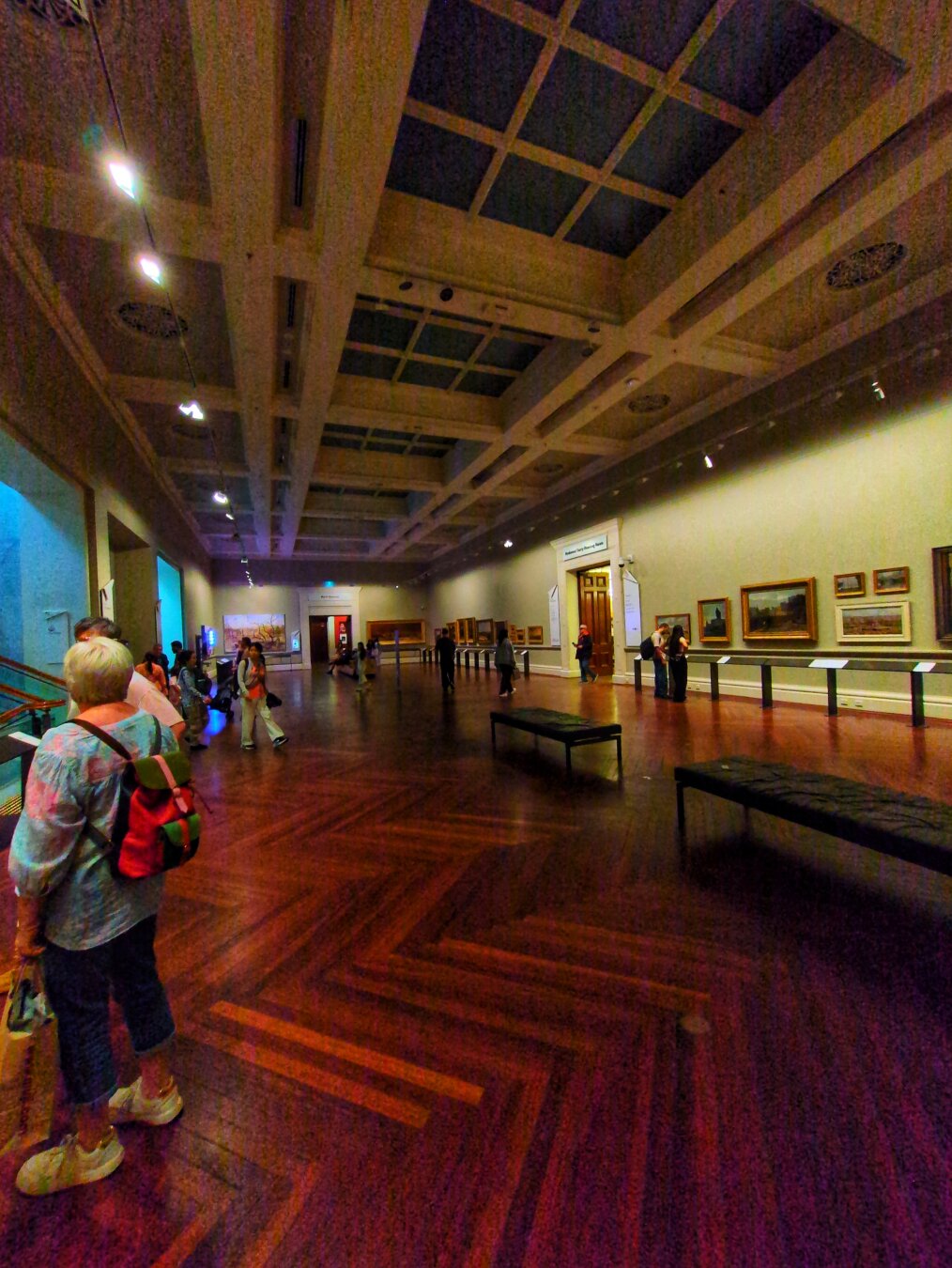
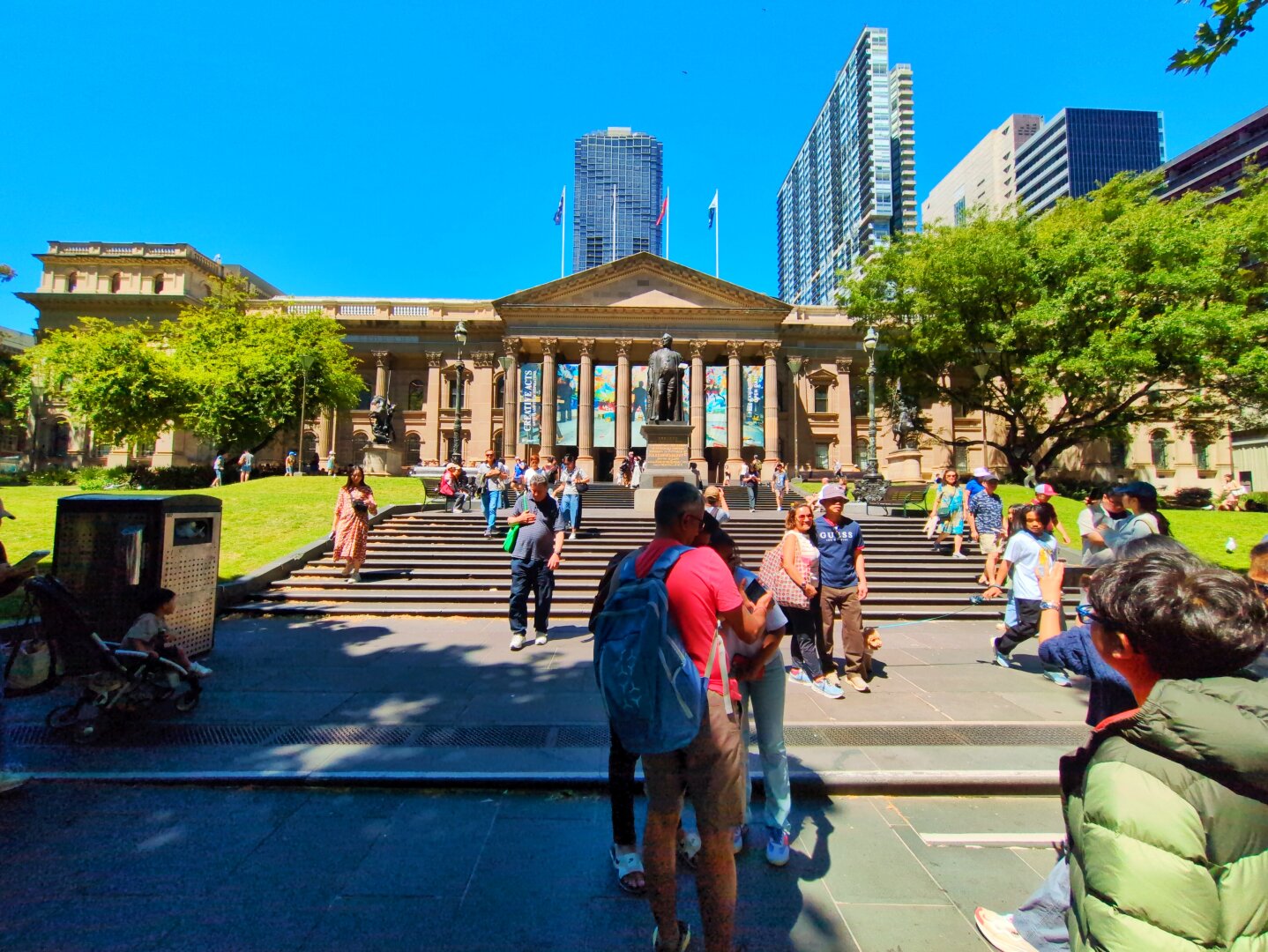
Melbourne Cricket Ground head curator Matt Page said Sunday he was in a "state of shock" after the two-day fourth Ashes Test, which has left Cricket Australia facing millions of dollars in revenue shortfall. https://www.japantimes.co.jp/sports/2025/12/29/more-sports/melbourne-cricket-ground-curator-shock/?utm_medium=Social&utm_source=mastodon #moresports #england #australia #melbourne #benstokes #stevesmith
Possibly the most beautiful building in Australia, the State Library of Victoria. Part 3 of 4.
Along with books, the Library is home to art exhibitions, as well as an impressive collection of paintings.
#buildings #building #architecture #Australia #Victoria #art




Families of Bondi Beach shooting victims have urged Australia’s prime minister to launch a royal commission — an independent public inquiry — into the “rapid rise of antisemitism” in the country. https://www.japantimes.co.jp/news/2025/12/29/world/crime-legal/bondi-families-antisemitism-probe/?utm_medium=Social&utm_source=mastodon #worldnews #crimelegal #australia #bondibeach #massshootings #massmurder #guns #anthonyalbanese
Possibly the most beautiful building in Australia, the State Library of Victoria. Part 2 of 4.
This is the Ian Potter Queens Hall and Redmond Barry Reading Room.
#buildings #building #architecture #Australia #Victoria
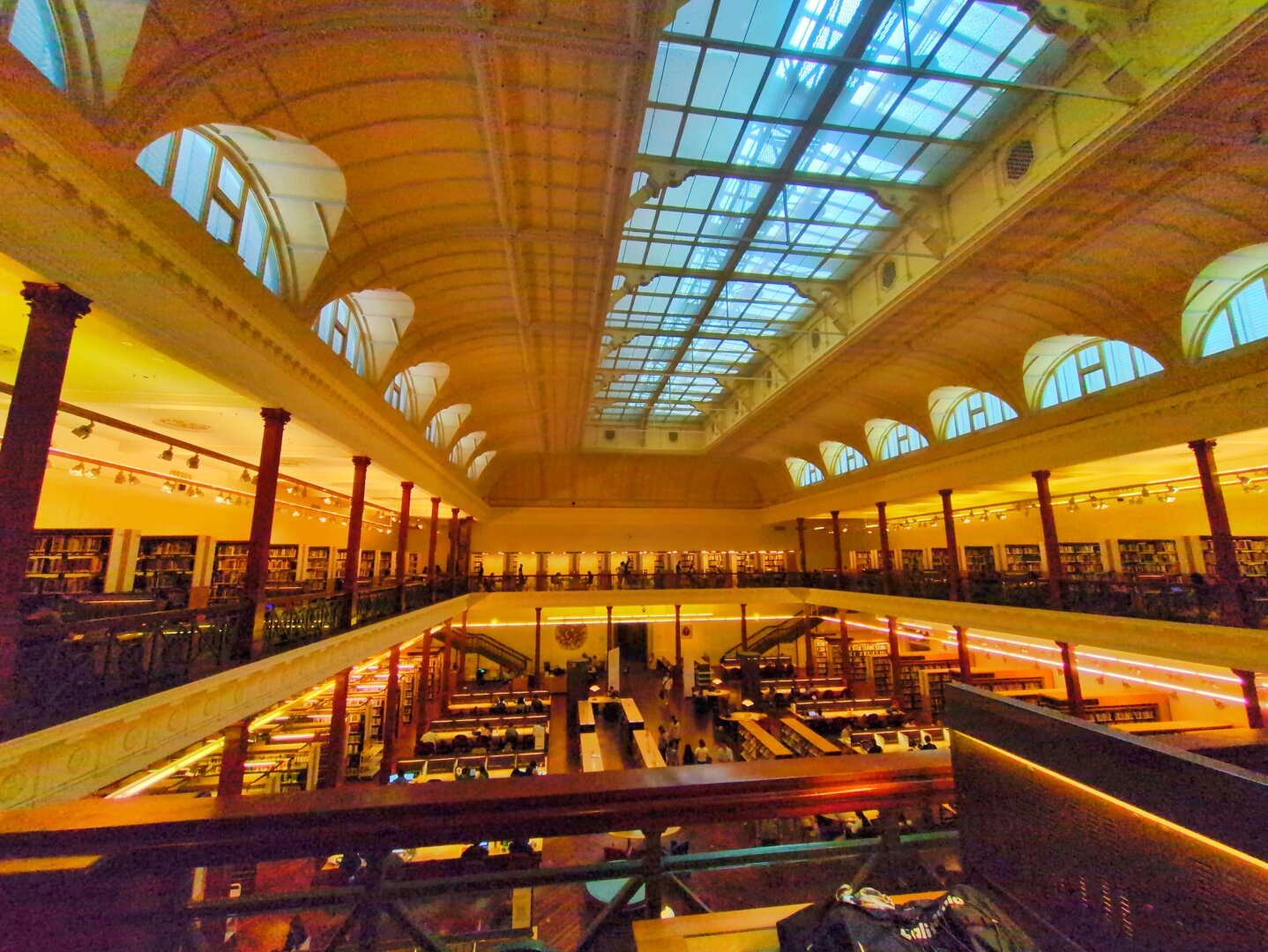

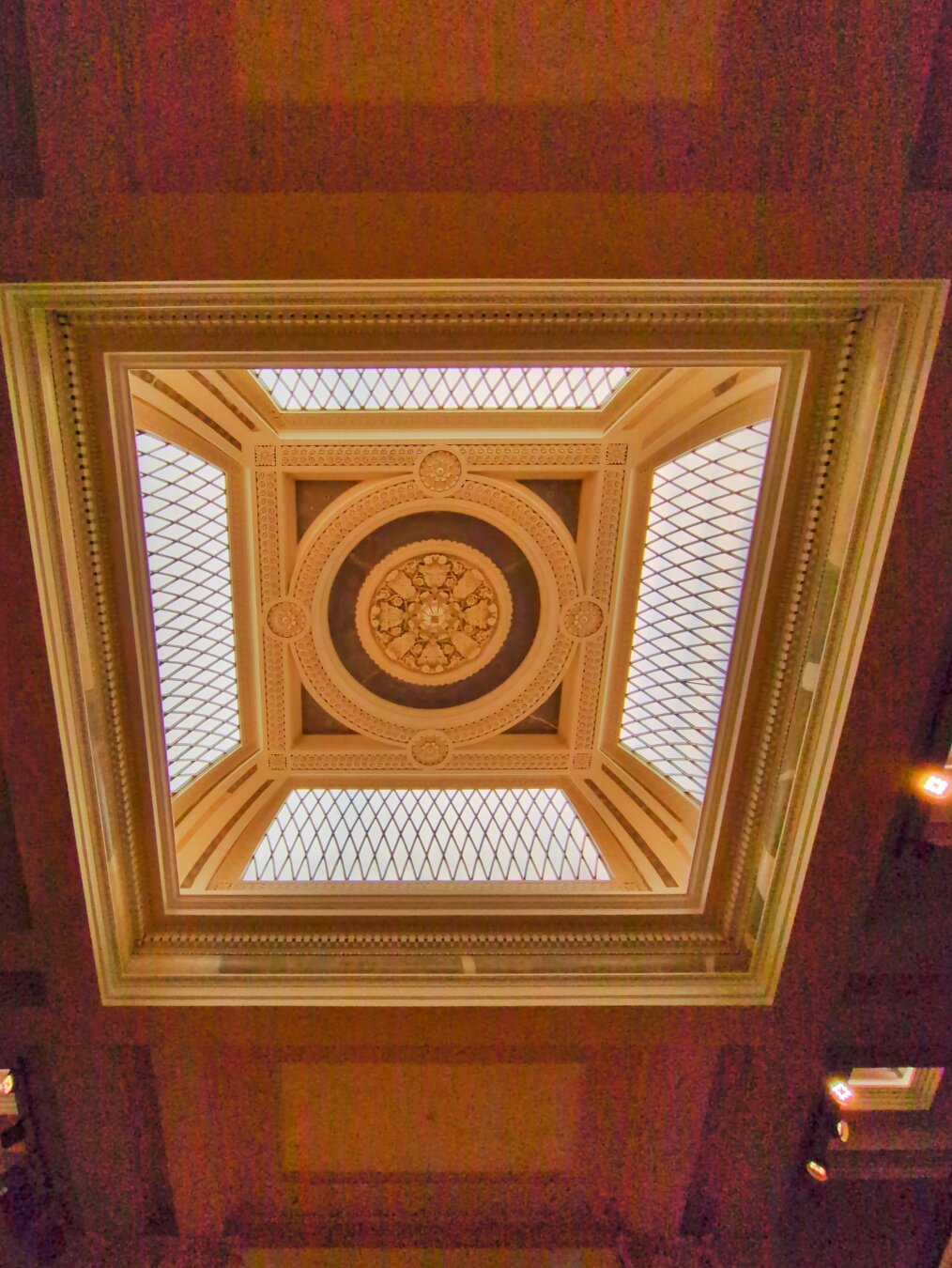
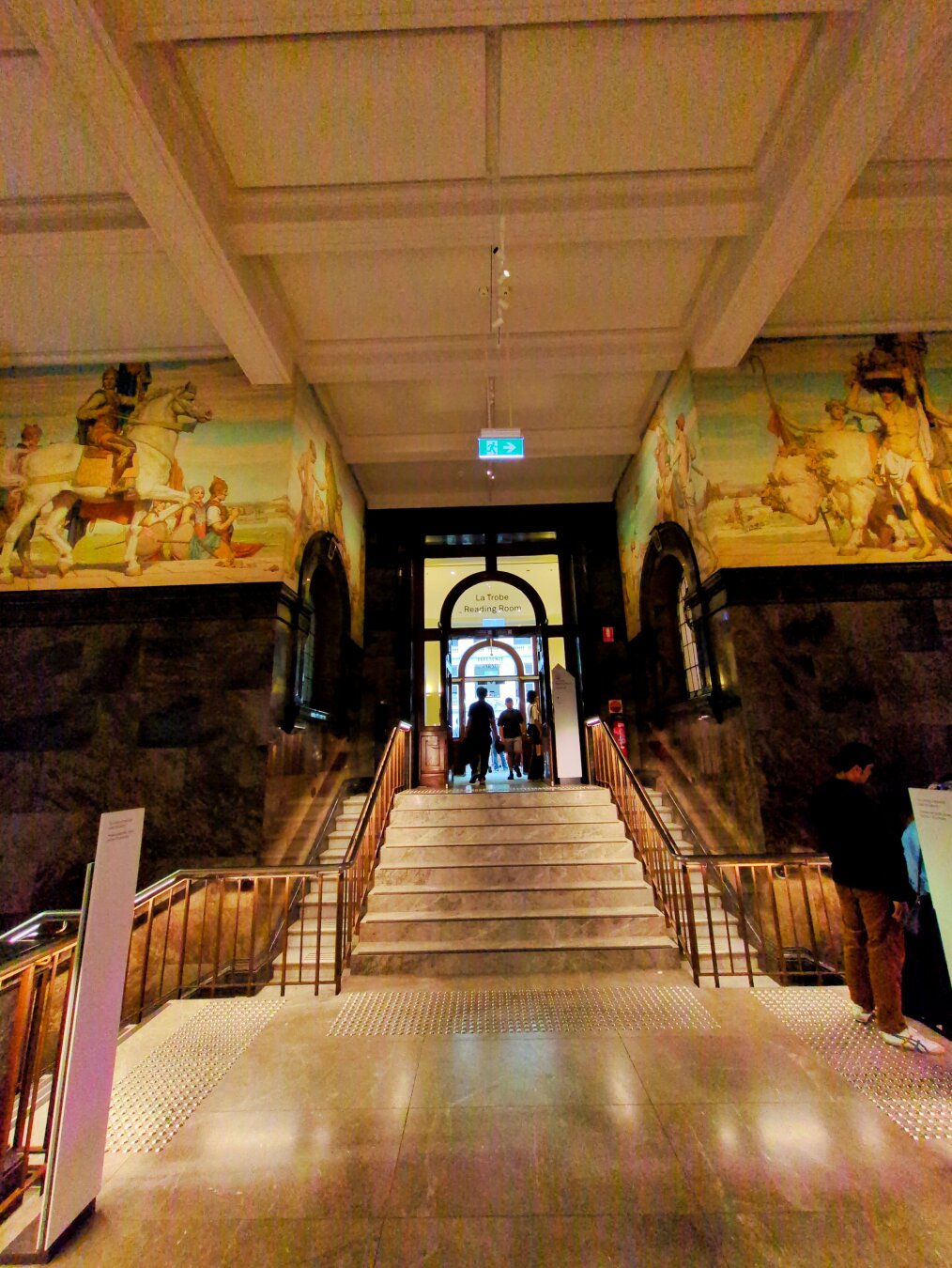
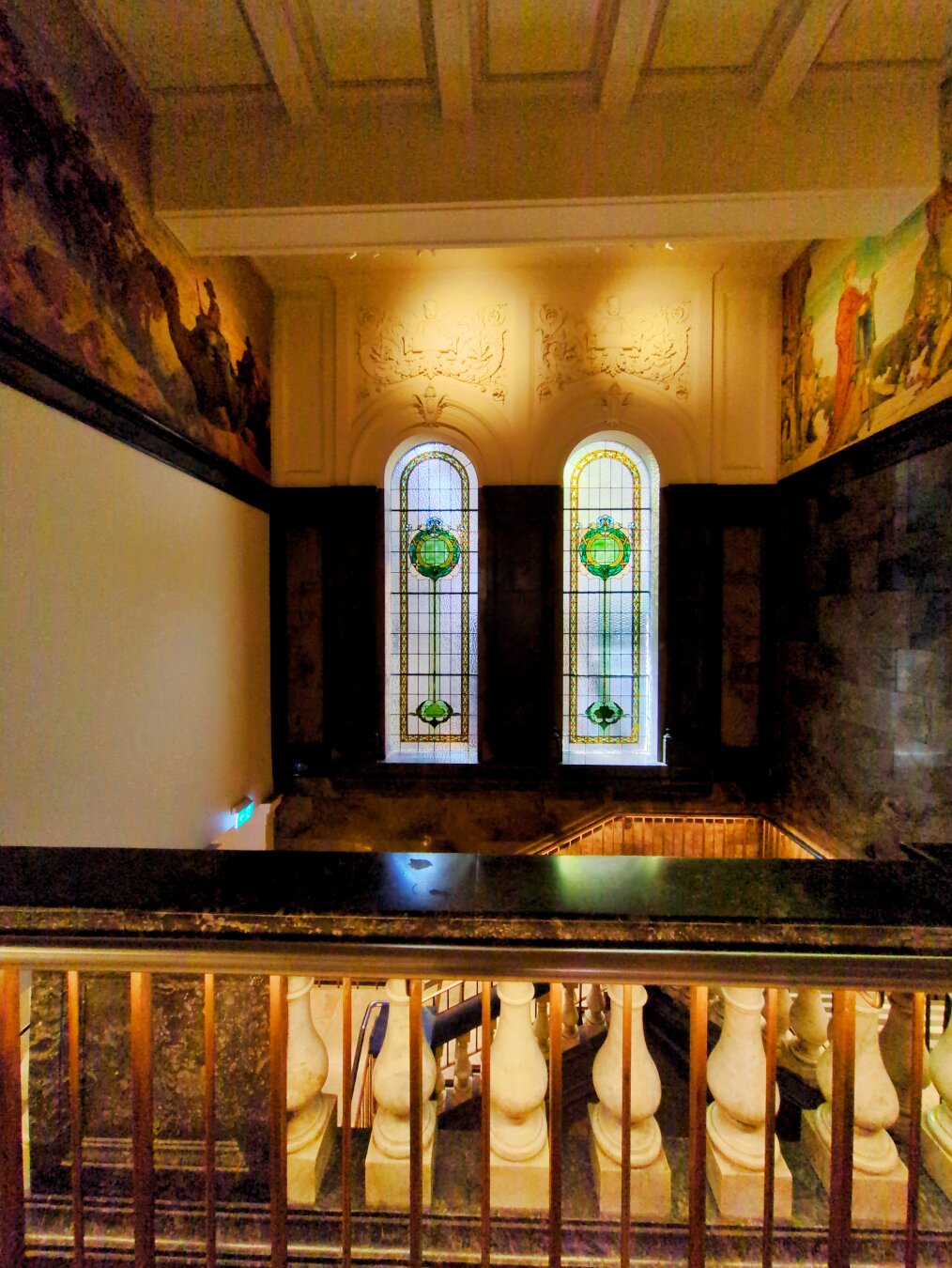
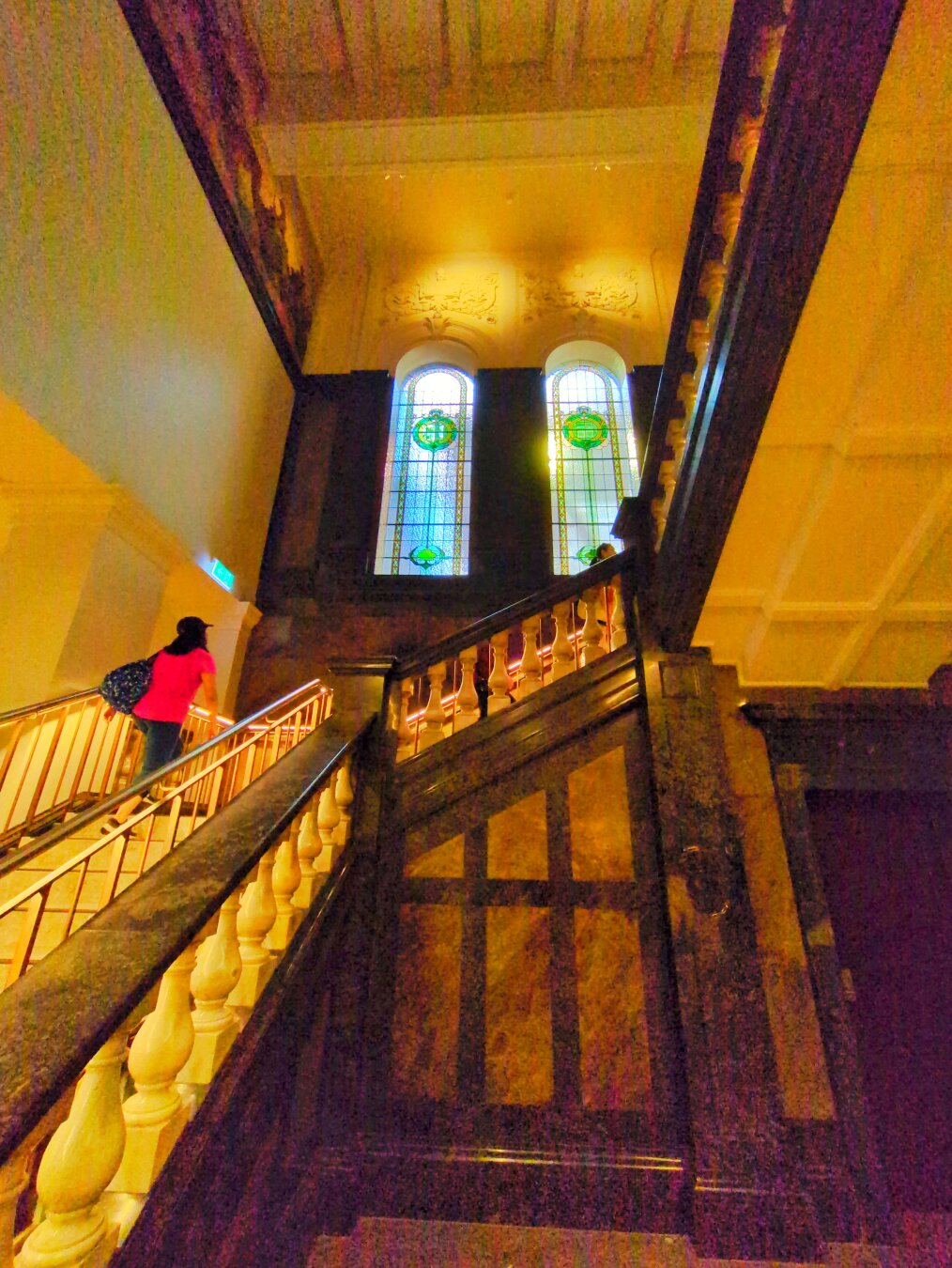
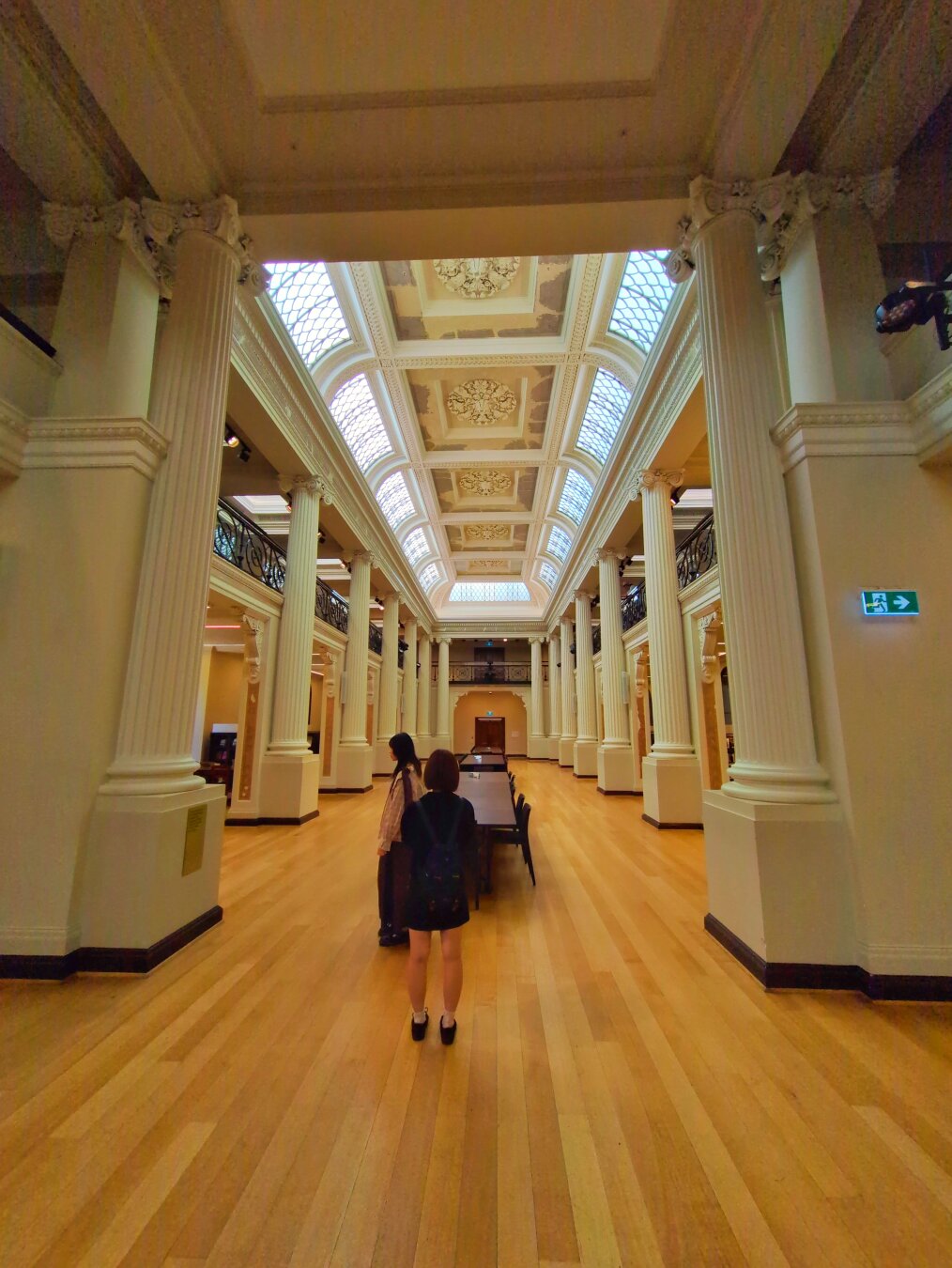

Possibly the most beautiful building in Australia, the State Library of Victoria. Part 2 of 4.
This is the Ian Potter Queens Hall and Redmond Barry Reading Room.
#buildings #building #architecture #Australia #Victoria








The Bondi attack shows that while Islamic State is no longer a territorial force in Asia, its ideology persists online, continues to radicalize individuals and still poses a deadly threat. https://www.japantimes.co.jp/commentary/2025/12/28/world/asia-islamic-state-not-back-but-endures/?utm_medium=Social&utm_source=mastodon #commentary #worldnews #islamicstate #is #terrorism #australia #bondibeach #islam #philippines #religion #jamaahansharutdaulah
Good morning from Gaza.
Here, we have nothing but a candle to celebrate the New Year, with no gifts.
Please don’t forget us in Gaza, so we can continue to survive
Link support 🙏
https://chuffed.org/project/ahmedalawer
#Gaza #Palestine #Australia
Good morning from Gaza.
Here, we have nothing but a candle to celebrate the New Year, with no gifts.
Please don’t forget us in Gaza, so we can continue to survive
Link support 🙏
https://chuffed.org/project/ahmedalawer
#Gaza #Palestine #Australia
#introduction I am new here. My brother @jaforbes tells me it is customary to do an opening post of things I find interesting or likely to discuss in the future. Here is my list: #democracy #ai #eng #engineering #osint #geopol #math #mathematics #humanrights #compsci #history #philosophy #space #australia #japan #bluemountains #science #tech #anu #unsw #uts #physics #uai #agi #nafo #peace #ukraine #taiwan #photography #tdd #andor. I have friends everywhere. I hope that you'll join me.
#introduction I am new here. My brother @jaforbes tells me it is customary to do an opening post of things I find interesting or likely to discuss in the future. Here is my list: #democracy #ai #eng #engineering #osint #geopol #math #mathematics #humanrights #compsci #history #philosophy #space #australia #japan #bluemountains #science #tech #anu #unsw #uts #physics #uai #agi #nafo #peace #ukraine #taiwan #photography #tdd #andor. I have friends everywhere. I hope that you'll join me.
Bundaberg
The Burnett River, running through the heart of Bundaberg
Taken with a DJI Mavic 4 Pro
#queensland #australia #bundaberg #drone #mavic #mavic4pro
If you’re in #Canberra and need crisis support, these places are open even on public holidays:
Domestic Violence Crisis Service: https://dvcs.org.au/ 02 62 800 900
Safe Haven for mental health support: https://stride.com.au/mental-health-services/ Open 3pm-10pm at 56 Lathlain St Belconnen, no appointment or Medicare card needed
Lifeline: 13 11 14
Beyond Blue: 1300 22 46 36
Kids Helpline: 1800 55 1800
Very useful post, and the number of reposts hopefully highlights the relevance & utility of #mastodon in #australia and #canberra.
Asia’s economic growth in 2025 was sluggish, central banks acted cautiously amid low inflation and political pressures and the full impact of U.S. tariffs and policy choices will become clearer in 2026. https://www.japantimes.co.jp/commentary/2025/12/25/world/2025-easy-money-defined-asia/?utm_medium=Social&utm_source=mastodon #commentary #worldnews #monetarypolice #inflation #us #asia #china #thailand #indonesia #australia #govkazuoueda #boj
I switched our energy retailer from Amber Electric to Localvolts, and I've started to play with their pricing API. Fun stuff! I recorded a quick video showing some interesting subtleties in how pricing is different between the AEMO wholesale price, amber and localvolts.
Let me know if you have any questions, and I can make a follow-up video.
As always: This is a solo mastodon instance, so boosts = ❤️
#solar #battery #renewable #australia #amberelectric #localvolts

